A statement of work (SOW) guarantees clarity and alignment in your project by defining scope, deliverables, timelines, and payment terms. It minimizes misunderstandings, keeps your project on track, and reduces risks like scope creep or budget overruns. With clear roles and measurable criteria, you’ll stay efficient and accountable. It also provides a structured reference to resolve disputes and manage changes smoothly. Discover how a well-crafted SOW can transform your project management approach.
Key Takeaways
- Defines project scope, deliverables, and timelines to prevent misunderstandings and disputes.
- Establishes clear roles and responsibilities, enhancing accountability among stakeholders.
- Minimizes risks like scope creep and budget overruns through structured frameworks.
- Ensures measurable acceptance criteria for evaluating project performance and success.
- Serves as a foundational reference for effective project management and decision-making.
Definition and Purpose of a Statement of Work
A Statement of Work (SOW) defines the project’s scope, deliverables, timelines, and payment terms, creating a binding agreement between a customer and a supplier. It guarantees clarity by outlining roles and responsibilities, reducing misunderstandings and disputes. The SOW serves as a foundational reference for project management, providing objective metrics to assess work completion and justify payments. It establishes a governance structure to manage risks, enabling quick adjustments for scope changes or project needs. By defining the project scope and deliverables in detail, the SOW promotes budget control and efficiency, minimizing the risk of cost overruns and scope creep. It guarantees both parties share a common understanding of expectations, fostering alignment throughout the project lifecycle. With a clear SOW, you’ll enhance collaboration, streamline workflows, and maintain focus on achieving project goals while adhering to agreed-upon payment terms and timelines.
Key Components Every SOW Should Include
Your SOW must define the scope and deliverables to clarify work expectations and guarantee accountability for project outcomes. Include a realistic timeline with milestones to manage schedules and track progress effectively. These components create a foundation for transparency and alignment between parties.
Scope and Deliverables
Scope and deliverables form the backbone of any Statement of Work, guaranteeing clarity and alignment on project tasks and outcomes. You’ll define the scope to outline specific tasks, responsibilities, and boundaries, preventing misunderstandings and scope creep. Deliverables must be detailed with descriptions, specifications, and due dates to set clear expectations. Including measurable acceptance criteria guarantees objective evaluation of performance, justifying payment upon completion. Clearly assigned roles enhance accountability, reducing risks during execution. By establishing these elements, you’ll create a framework that keeps all parties aligned, guaranteeing the project stays on track. Detailing what’s in and out of scope avoids unnecessary expansions, while precise deliverables and criteria foster transparency. This approach not only clarifies responsibilities but also sets the stage for successful project completion.
Timeline and Milestones
When drafting a Statement of Work, it’s essential to establish a timeline that clearly outlines the project’s duration, key phases, and deadlines to secure accountability. Incorporate milestones to track progress against specific objectives, confirming deliverables meet quality standards and align with project expectations. Realistic timelines help manage resource allocation efficiently, keeping stakeholders informed and aligned throughout the project lifecycle. By documenting deadlines and milestones, you create a framework for evaluating performance and adjusting plans as needed. This also guarantees timely delivery of deliverables and helps manage payment terms tied to progress. Include a proposed finish date to maintain clarity and focus, enabling all parties to stay on track. A well-defined timeline and milestones foster transparency, accountability, and successful project execution.
Types of Statement of Work and Their Applications

Understanding the different types of Statements of Work (SOW) is essential for aligning project needs with the right contractual framework. Each type of statement serves a unique purpose and enhances project management effectiveness by guaranteeing stakeholders understand their roles and responsibilities. A Design/Detail Statement of Work provides clear expectations by specifying processes and project deliverables, making it suitable for well-defined tasks. A Performance-Based Statement of Work focuses on outcomes, giving contractors flexibility in achieving goals, which encourages innovation. The Level of Effort SOW offers flexibility in budgeting by basing payments on hours worked or materials used, ideal for projects with uncertain timelines. Choosing the right SOW guarantees monitoring performance remains efficient and project goals are met.
| Type of SOW | Focus | Best Use Case |
|---|---|---|
| Design/Detail Statement | Specific processes & deliverables | Clear, well-defined projects |
| Performance-Based Statement | Outcomes & results | Encouraging contractor innovation |
| Level of Effort | Hours worked & materials | Flexible budgeting & timelines |
How an SOW Minimizes Project Risks
A Statement of Work (SOW) plays a key role in mitigating project risks by providing a clear foundation for execution. It defines the project scope, deliverables, and acceptance criteria, ensuring alignment and reducing misunderstandings. By outlining roles and responsibilities, it prevents resource mismanagement and task overlap. Additionally, a governance structure within the SOW supports timely decision-making, minimizing delays and cost overruns. Here’s how an SOW minimizes project risks:
- Clarity in Scope and Deliverables: A well-defined SOW sets clear expectations, reducing disputes and ensuring everyone works toward the same goals.
- Structured Change Management: It provides a framework for handling scope changes, enabling adaptability while maintaining control over project risks.
- Objective Success Metrics: Acceptance criteria in the SOW allow for measurable project success, ensuring deliverables meet quality standards and reducing the likelihood of failure.
With a robust SOW, you streamline execution, enhance accountability, and lay the groundwork for project success.
Benefits of Using a Well-Defined SOW

A well-defined SOW sets clear project expectations, ensuring all stakeholders understand deliverables and timelines. It enhances budget control by linking payments to specific milestones and outcomes. Additionally, it minimizes scope creep by firmly outlining the project’s boundaries and objectives.
Clear Project Expectations
By outlining the scope, deliverables, and timelines, a well-defined Statement of Work (SOW) guarantees all parties share a common understanding of project expectations. It confirms stakeholders align on the scope of work, project goals, and acceptance criteria, minimizing ambiguity and fostering accountability. A detailed SOW also clarifies roles, improves communication, and acts as a reference throughout the project lifecycle.
Here’s how it helps:
- Prevents Misunderstanding: Clearly defined deliverables and timelines confirm a clear understanding of expectations.
- Reduces Disputes: Acceptance criteria and roles outlined in the SOW minimize misalignment among stakeholders.
- Enhances Collaboration: Team members fully grasp their responsibilities, fostering accountability and smoother execution.
With a well-crafted SOW, you’ll confirm everyone stays aligned, reducing risks and driving project success.
Enhanced Budget Control
Effective budget management starts with a well-defined Statement of Work, which guarantees precise control over project finances. By outlining project deliverables, payment terms, and project objectives, the SOW guarantees you allocate financial resources efficiently. Fixed costs and milestone payments help you maintain budget control, avoiding unexpected overruns. Stakeholders can monitor expenditures against the plan, enabling timely adjustments when necessary. This structured approach enhances financial accountability, as everyone adheres to agreed-upon terms. Additionally, clearly defined deliverables and timelines reduce the risk of scope creep, preventing unnecessary costs. With a well-crafted SOW, you gain transparency over spending and performance, assuring alignment with budgeted amounts. This level of detail strengthens your ability to manage financial resources effectively, keeping the project on track and within budget.
Minimized Scope Creep
Clear boundaries in a well-defined Statement of Work directly reduce the risk of scope creep by explicitly outlining project deliverables, timelines, and acceptance criteria. A well-crafted SOW guarantees everyone understands what’s included and excluded, preventing unauthorized changes to the project scope.
- Enhanced Accountability: Defined roles and responsibilities guarantee only designated individuals can approve scope changes.
- Governance Structure: Regular reviews and updates allow early identification and management of potential scope deviations.
- Cost Savings: Preventing scope creep avoids budget overruns and delays, improving project performance.
Common Pitfalls to Avoid in SOW Drafting
Drafting a Statement of Work (SOW) requires careful attention to avoid common pitfalls that can derail a project. First, failing to define the scope of work clearly invites misunderstandings and scope creep, leading to project delays and budget overruns. Ambiguity arises when deliverables and their acceptance criteria aren’t specified, making it hard to gauge project completion or justify payments. Ignoring timelines and milestones misaligns expectations and disrupts resource allocation. Neglecting to outline roles and responsibilities creates accountability issues, hampering effective project execution. Additionally, overlooking the governance structure complicates project oversight, leaving changes and risks unmanaged. To guarantee clarity, you must detail the scope of work, specify measurable deliverables, set realistic timelines, assign roles and responsibilities explicitly, and establish a robust governance structure. Addressing these areas minimizes ambiguity, prevents project delays, and fosters accountability, enabling smoother project oversight and execution.
Essential Resources for Creating an Effective SOW

To create an effective Statement of Work, you’ll need access to the right resources that streamline the drafting process and guarantee accuracy. Start with a standardized statement of work template, which guarantees consistency and reduces ambiguity across projects. Incorporate key elements like project objectives, scope of work, and acceptance criteria to define expectations clearly. Engage stakeholders early to foster collaboration and confirm their perspectives are included. Additionally, leverage standard documents from trusted sources like Practical Law to address legal and contractual complexities. Regularly update and refer to the SOW throughout the project lifecycle to maintain alignment and facilitate communication among all parties.
Here are three essential resources to enhance your SOW creation process:
- Professional SOW templates – Confirm consistency and clarity across projects.
- Standard documents – Address legal and compliance requirements effectively.
- Collaboration tools – Engage stakeholders and streamline communication for SOW management.
Conclusion
A well-crafted statement of work (SOW) guarantees project clarity and minimizes risks. Did you know 37% of project failures are due to poorly defined objectives? By outlining scope, deliverables, and timelines, you set clear expectations and avoid costly misunderstandings. Always include key components like milestones and payment terms to keep everyone aligned. Avoid vague language and assumptions. With a precise SOW, you’ll boost efficiency and foster trust between stakeholders.




